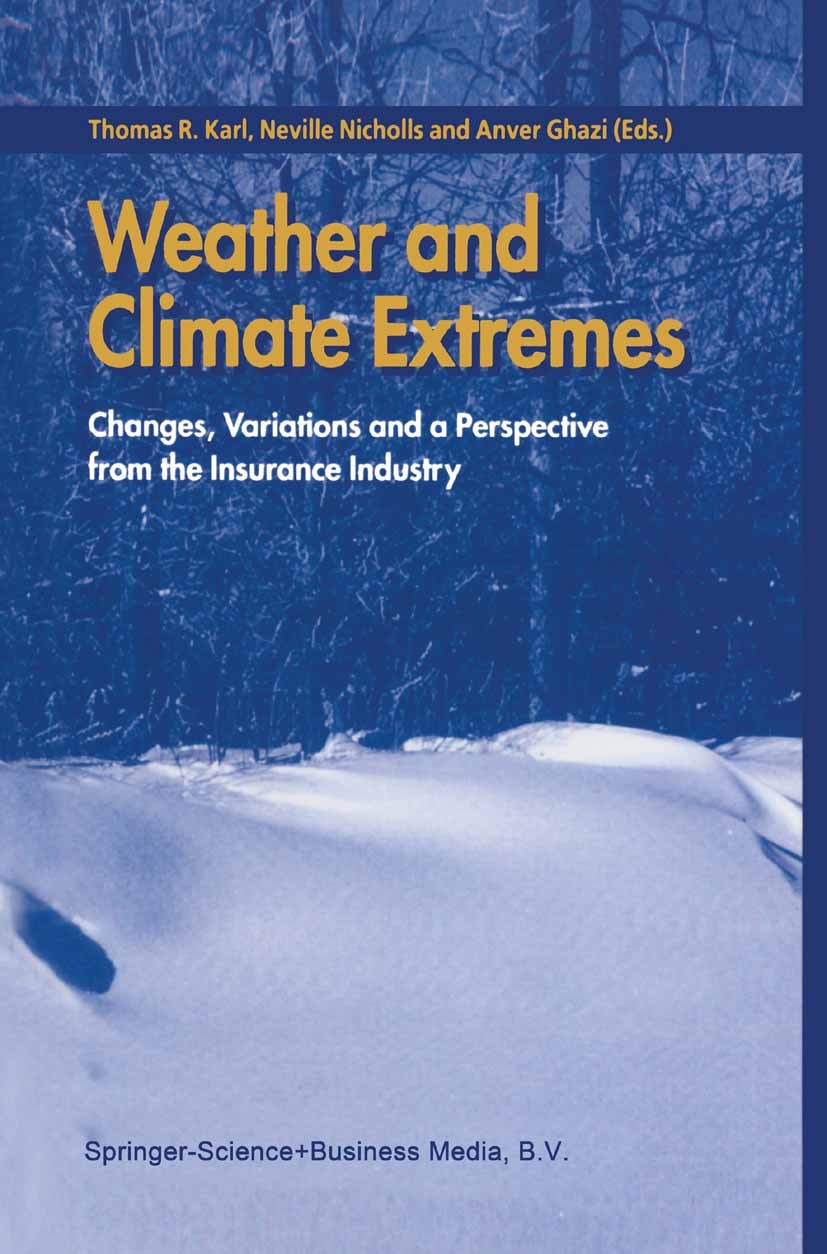Mechanism for compound daytime-nighttime heatwaves in the Barents–Kara Sea during the boreal autumn and their relationship with sea ice variability
Abstract
The frequency of heatwaves in the Arctic is on the rise under global warming. These occurrences not only profoundly impact the local ecological environment but also exert remote effects on East Asia and even the global climate. Yet, there exists a noticeable dearth of research focus on Arctic compound daytime-nighttime heatwaves, limiting our comprehension of Arctic climate dynamics. We investigated the occurrence and extinction mechanism for compound daytime-nighttime heatwaves in the Barents–Kara Sea (BKS) during the boreal autumn and explored their association with the sea ice variability. Our results show that a significant dipole pattern appears in the geopotential height two days before the occurrence of compound daytime-nighttime heatwaves in the BKS during autumn, characterized by a negative anomaly centered over Greenland and a positive anomaly centered over the BKS. A robust southerly anomaly in the middle of this dipole pattern facilitates the continuous inflow of warm, moist air from the Atlantic Ocean to the BKS. Both the strong intrusion of moisture and the transport of heat (positive temperature advection) driven by the large-scale atmospheric circulation increase downward latent heat flux, sensible heat flux and net longwave radiation. These factors collectively increase the near-surface temperature over the BKS, ultimately leading to the occurrence of compound daytime-nighttime heatwaves in this region of the Arctic. The extinction of compound daytime-nighttime heatwaves in the BKS is a result of the weakening of the transport of heat and intrusion of water vapor caused by changes in the large-scale circulation. The intrusion of water vapor and the transport of heat significantly reduce the sea ice concentration in most of the BKS. This reduction in sea ice persists for an additional day after the termination of compound daytime-nighttime heatwaves in the BKS. A process of positive atmospheric temperature feedback on a sub-monthly scale may potentially influence the maintenance of compound daytime-nighttime heatwaves in the BKS during the boreal autumn.

 求助内容:
求助内容: 应助结果提醒方式:
应助结果提醒方式:


